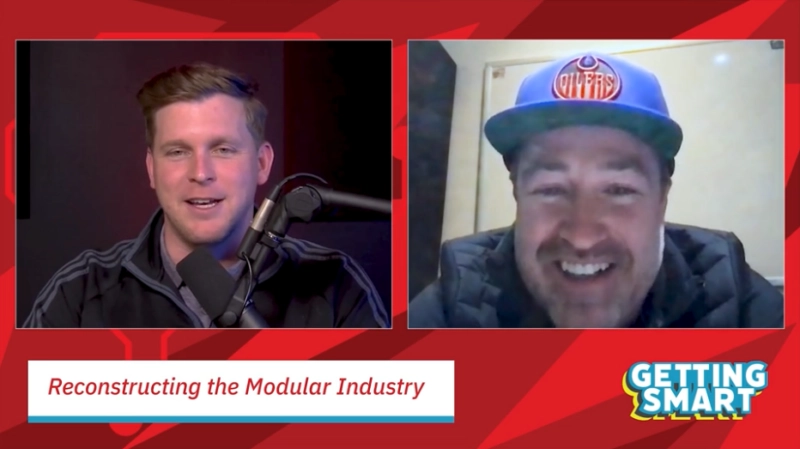Composite Use in Railway Transport of Goods Is Evolving the Industry
Flexible and versatile composites play a role in a variety of industries. Because of the lightweight and durable nature of these materials, they are becoming a critical component in the railway transportation industry as well. Multiple types of composite materials are available for use in the manufacturing processes that go in to producing transport cars and the tracks that support them. Let’s explore why composites make sense in the industry and how they are being used, as well as how MVP has the right equipment for use in those processes today.
Why Use Composites in Railway Transportation?
Railway transport of goods is still a widely used channel for distribution for a variety of reasons. Those reasons include the following: Transporting products via railway is faster and more reliable than by truck. Also, this mode of transportation also carries higher volumes over greater distances.
There are countless benefits of composite use in railway transportation. These highly sophisticated materials are extremely lightweight, which means the cars and parts of the transport train are lighter than those made of metal—and require less energy too. Overall, and especially in comparison to metals, composite parts also require less maintenance.
Composites are extremely durable, and more easily able to withstand the regular routes of everyday railway transport. This durability includes being dent and corrosion resistant to a very high degree. It can also work to reduce noise and vibrations. These composite panels have lower thermal conductivity, too, for less energy consumption. In addition to all these properties, composites reduce the number of parts for easy fabrication as well.
Composites Used Throughout Railway Transport
Composites are a great option for modernizing freight cars. These materials can be used in walls, ceilings, side frames, and more. Monolithic panels, made from phenolic laminates, are multipurpose serving as they meet both fire and smoke standards. Other composites are useful as a skin for sandwich panels. With a honeycomb prepreg composite, the material is usable in exterior applications like doors and panels.
Composites also play a part in railway infrastructure improvement, as it is an infrastructure in dire need of an upgrade. According to the 2017 Infrastructure Report Card issued by the American Society of Civil Engineers, the U.S. has 140,000 miles of track with an average age of 111 years. Almost all of this track is in need of repair, which can be helped with the use of composites in railroad crossties.
Composites Help Rail Transport Evolve
Rail transportation and the substrates used require a lightweight yet durable material to meet the transport needs of today and tomorrow. Composites are key to this evolution. As the use of composites becomes greater in this industry, manufacturers will need special tools. MVP offers a variety of composite spraying equipment, which allows users to mold the material as well as crate adhesives and epoxies. Discover the many different types of equipment that can be used in shaping and working with composites.
Read more at mvpind.com









